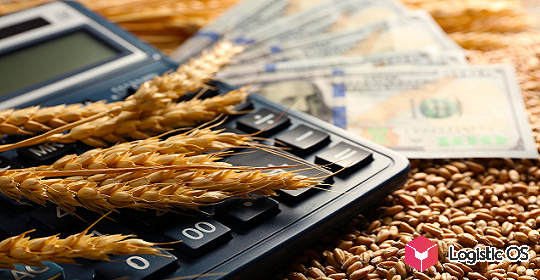Even if there is a good harvest in the new season, it is unlikely to solve the problems of Russian farmers associated with the difficulties of generating income from their business.
According to analysts, last year was difficult for most Russian farmers. This is due to both the relatively low harvest that was collected in the summer and fall of 2024, and the unfavorable price situation.
In particular, low margins were observed for grain crops, especially wheat.
As for oilseeds and legumes, they brought farmers profit, although it was significantly less than they would have liked. The result was a reduction in the area under winter wheat, as well as a record low sowing of rye.
In addition, in the spring, the area under spring wheat and barley decreased. This was partly due to weather conditions, but the general trend is clear: agricultural producers are reducing grain production.
Experts note that Russia has not seen such low figures for the area sown by them since 1970.
At the same time, the capacities that were previously allocated to grain are gradually shifting towards oilseeds. Their sowing this year was record high. This applies to sunflower, soybeans, rapeseed, and flax.
In addition, last year was marked by another negative trend: a decrease in export volumes.
For the first time in history, Russian exporters were unable to export a sufficient amount of agricultural products from the country, despite the fact that they had reserves.
For example, there was an opportunity to export about 60 million tons of grain, but in reality, companies were unable to send even 50 million tons abroad. Such a decrease in exports was previously observed only if there was physically little grain in the country, analysts note.
Now we are seeing a decrease in exports in a situation where there are large reserves of products.
As for the volume of grain production, it is unlikely to be impressive this year, which is not surprising, given the small sowing areas.
Experts expect that the grain harvest in the Russian Federation will amount to about 129 million tons.
At the same time, good indicators for oilseeds in the current season are not excluded. However, there is a risk here too: the yield may decrease due to a sharp transition to domestically produced seeds.
In general, today we are seeing that the profitability of production of certain crops is beginning to determine their production volumes.
If the situation on the grain market does not change and the government does not support it, a further reduction in the sown area for grain is almost inevitable.

